Detailed explanation of the types and functions of dispersants
t Categories
Fatty acids, aliphatic amides and esters
The combined use of stearamide and higher alcohols can improve lubricity and thermal stability. The dosage (mass fraction, the same below) is 0.3%-0.8%. It can also be used as a slip agent for polyolefins; hexenyl bisstearamide can also be used as a slip agent for polyolefins. It is called ethylene bisstearamide, which is a high melting point lubricant. The dosage is 0.5% to 2%; stearic acid monoglyceride and tristearic acid glyceryl; oleic acid acyl dosage is 0.2% to 0.5%; hydrocarbon Paraffin-like solid, melting point is 57~70℃, insoluble in water, soluble in organic solvents, poor dispersion, compatibility and thermal stability in resin, dosage is generally less than 0.5%
阅读全文

Select dispersants for coatingsResin selection
Resins, especially grinding resins, play a key role in preparing color pastes.
1) Participate in the dispersion and anchoring of pigments
2) Participate in maintaining the stability of dispersed and isolated pigment particles
阅读全文

The action process of dispersant
Solid particle dispersion process The dispersion process of solid particles in the medium is generally divided into three stages.
Wetting of solid particles Wetting is the most basic condition for the dispersion of solid particles. To disperse solid particles evenly in the medium, each solid particle or particle group must first be fully wetted.
Dispersion or fragmentation of ion clusters. In this process, the particle clusters must be dispersed or fragmented, which involves the separation of the particle clusters and the internal solid-solid interface. Different types of surfactants play different roles in the dispersion or fragmentation of particle clusters.
阅读全文

Effect of dispersants on coatings
Glossiness: If the gloss of the paint is to be high, the particles contained in it should not be larger than 5 microns, and the ink should not even be larger than 1 micron. Polymer dispersants can reduce the large particles formed in the paint and help the paint improve its gloss.
阅读全文

What are the performance indicators of carbon black?
Particle size
The particle size of carbon black represents the original particle size of carbon black. It is tested by an electron microscope and is the average value of a certain number of particle sizes.
阅读全文

Carbon Black FAQs
What is carbon black?
Carbon black (also called carbon black) is a colloidal particle similar to a sphere formed by incomplete combustion or thermal cracking of hydrocarbon compounds (liquid or gaseous). It exists in the form of aggregates and appears as pure black powder or granular. The particle size, structure and surface activity of products vary greatly depending on raw materials, manufacturing methods and production processes. The main component of carbon black is carbon, and also contains trace amounts of hydrogen, oxygen, ash and moisture.
阅读全文
